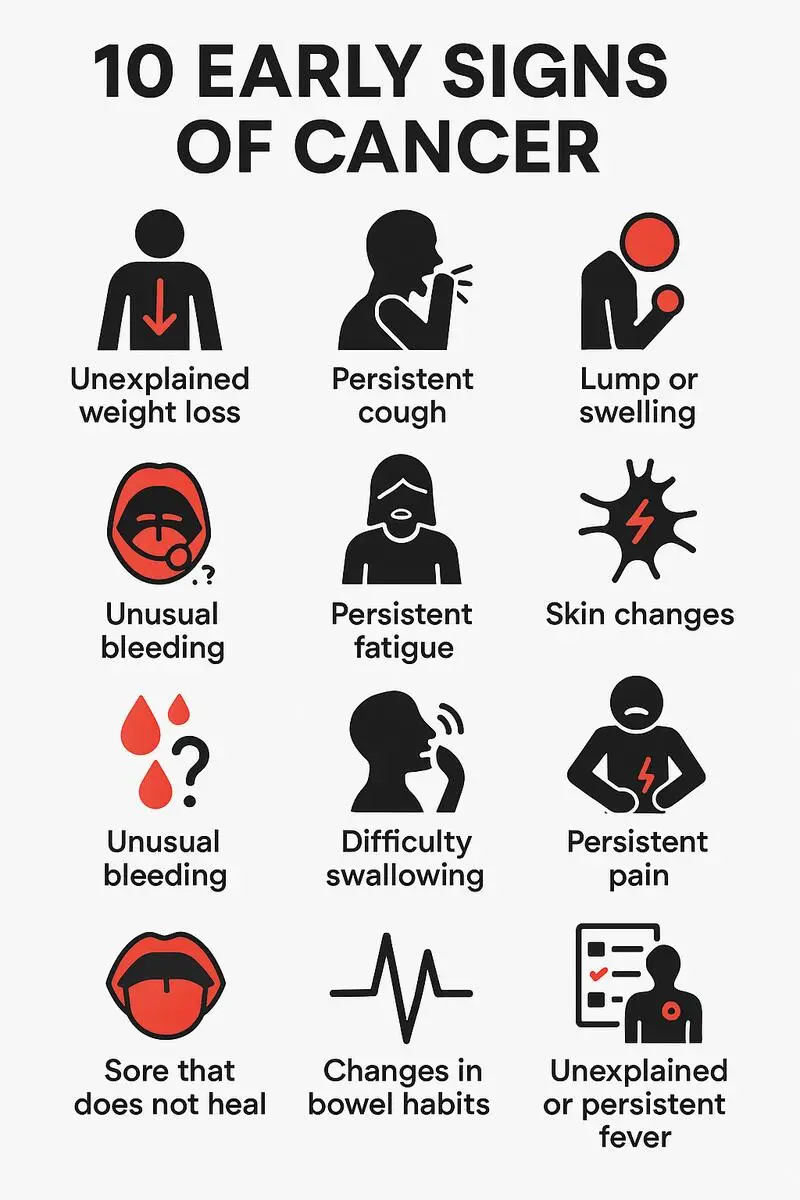- Published on: Apr 04, 2020
- 3 minute read
- By: Dr Rakesh Choudhary
Are You Having Debilitating Joint Pain?
Are you tired of the relentless discomfort that comes with joint pain, those persistent joint aches and pains that seem to have taken control of your life? If you find yourself nodding in agreement, you're not alone. Joint pain, especially in areas like the knees, can significantly impact your daily activities and overall well-being. But fear not! In this comprehensive guide, we'll unravel the mysteries surrounding joint pain, explore knee pain causes, delve into effective knee joint pain treatment options, and even introduce you to the convenience of online doctor consultation. Let's embark on a journey to understand, alleviate, and overcome debilitating joint pain together.
Understanding the Culprits Behind Joint Pain
Joint pain is more than just a discomfort – it's a signal from your body that something needs attention. To tackle joint pain effectively, we must first comprehend the various factors that contribute to its onset. Let's explore the key players.
1. Overuse and Strain: Everyday activities, repetitive motions, or intense workouts can lead to joint strain, causing discomfort and pain. The joints, especially in the knees, bear the brunt of our daily activities, and when overused, they can become a source of persistent pain.
2. Inflammatory Conditions: Conditions like arthritis, including rheumatoid arthritis and osteoarthritis, contribute significantly to joint pain. Inflammatory responses within the joints can lead to swelling, stiffness, and persistent aches, impacting one's quality of life.
3. Injuries: Traumatic injuries, such as fractures or dislocations, can result in persistent joint pain if not treated promptly and appropriately. Understanding the nature of past injuries and their potential long-term effects is crucial for effective joint pain management.
Unmasking the Causes of Joint Aches and Pains
Now that we've identified the villains, let's delve deeper into knee pain causes to equip ourselves with the knowledge needed for effective joint pain management.
Exploring Knee Pain Causes and Therapy
1. Arthritis Unveiled: Arthritis, a common culprit, involves the inflammation of joints. Rheumatoid arthritis targets the lining of joints, while osteoarthritis affects the cartilage. These conditions can cause gradual degradation, resulting in persistent joint pain that requires targeted intervention.
2. Overworked Knees: Daily activities, particularly those involving repetitive knee movements, can result in overworked knees. Whether it's due to an occupation that demands constant standing or an intense workout routine, this strain can lead to chronic joint pain. Recognizing the impact of overuse is essential for implementing effective preventive measures.
3. Injuries That Linger: Past injuries to the knees, if not properly addressed, can evolve into chronic joint pain. Understanding your injury history is crucial for effective therapy. Whether it's an old sports injury or an accident, the lingering effects can contribute to ongoing discomfort.
Therapeutic Strategies for Relieving Joint Discomfort
Now that we know the root causes, let's explore therapeutic approaches to alleviate the discomfort associated with joint pain.
Effective Knee Joint Pain Treatment Methods
1. Physical Therapy: Engaging in targeted exercises under the guidance of a physiotherapist can strengthen the muscles around the joints, providing much-needed support. Physical therapy not only helps alleviate pain but also improves flexibility and mobility, contributing to an overall enhancement of joint health.
2. Medications and Pain Relief: Nonsteroidal anti-inflammatory drugs (NSAIDs) and pain relievers can offer temporary relief from joint pain. However, it's essential to consult with a healthcare professional for personalized advice. Over-the-counter medications may provide short-term relief, but a comprehensive approach that considers the underlying causes is necessary for long-term management.
3. Lifestyle Modifications: Simple lifestyle changes, such as maintaining a healthy weight, adopting joint-friendly exercise routines, and using supportive footwear, can significantly impact joint health. These modifications, when combined, create a holistic approach to joint pain management, addressing both symptoms and contributing factors.
Discover Convenience with Online Doctor Consultation
In the age of digital advancements, seeking medical advice has never been more convenient. Explore the benefits of online doctor consultation for managing your joint pain effectively.
Empower Yourself with Online Doctor Consultation
1. Accessible Healthcare: Online doctor consultation brings healthcare to your fingertips, allowing you to seek professional advice from the comfort of your home. This accessibility is particularly crucial for individuals experiencing joint pain, as it eliminates the need for physical travel, making healthcare more inclusive.
2. Timely Intervention: Promptly addressing joint pain concerns with an online consultation enables early diagnosis and intervention, preventing the progression of potential issues. Timely access to medical advice is crucial in managing joint pain effectively and addressing any underlying conditions promptly.
3. Personalized Treatment Plans: Online healthcare professionals can provide personalized treatment plans tailored to your specific needs, ensuring a more targeted and effective approach to joint pain management. The ability to consult with specialists from the comfort of your home ensures that you receive individualized care that considers your unique circumstances.
Conclusion:
In the quest to overcome debilitating joint pain, understanding the causes, exploring therapy options, and embracing the convenience of online doctor consultation are key steps toward a pain-free life. Take charge of your joint health, implement positive changes, and consult with healthcare professionals for a personalized roadmap to a more active and pain-free lifestyle. Remember, your journey to joint wellness begins with knowledge, action, and a commitment to your well-being.
Read FAQs
A. Vitamin D deficiency is commonly linked to joint pain. Ensuring sufficient levels of this vital nutrient supports overall joint health.
A. Joint pain can result from various factors, including arthritis or injuries. Treatment involves addressing the root cause and utilizing therapies, medications, or lifestyle changes.
A. To alleviate joint pain, maintain a healthy lifestyle, engage in regular exercise, manage weight, and consider therapies like physical therapy. Consult with a healthcare professional for personalized advice.










